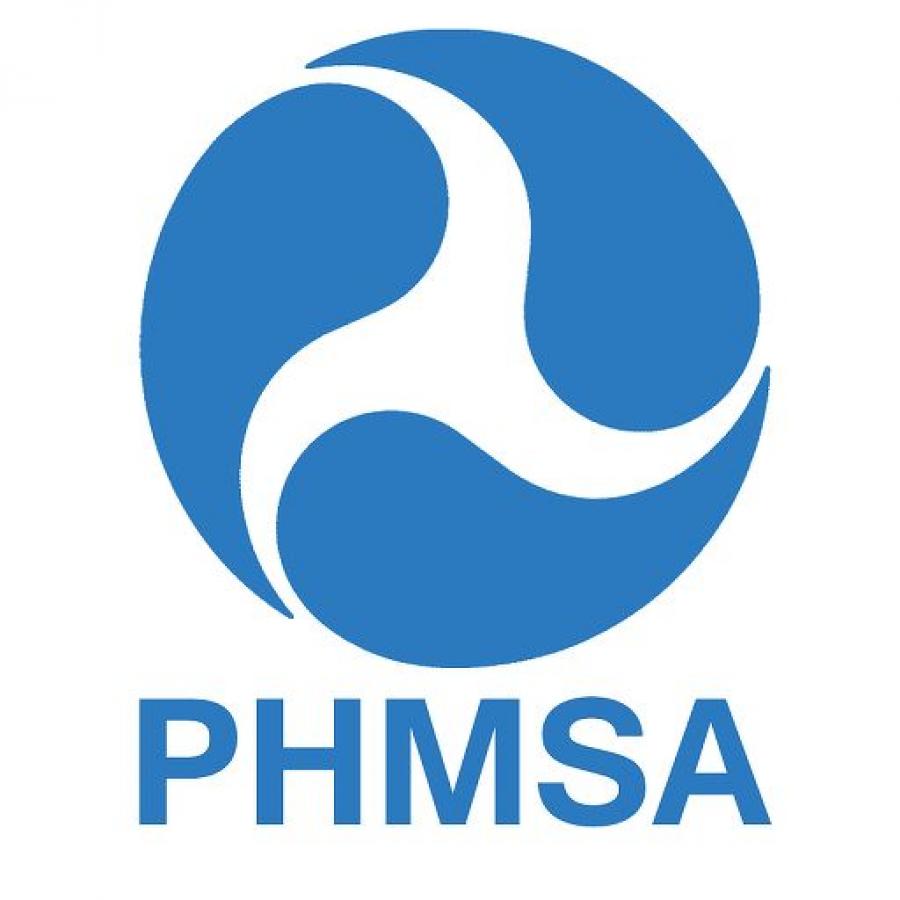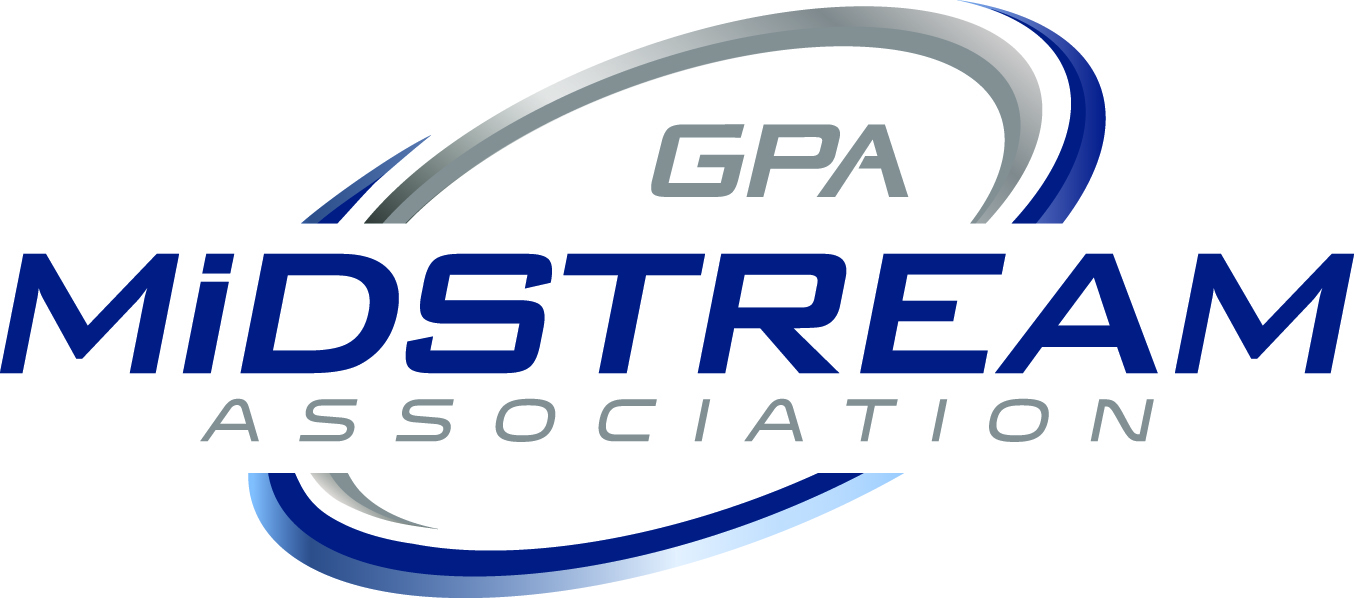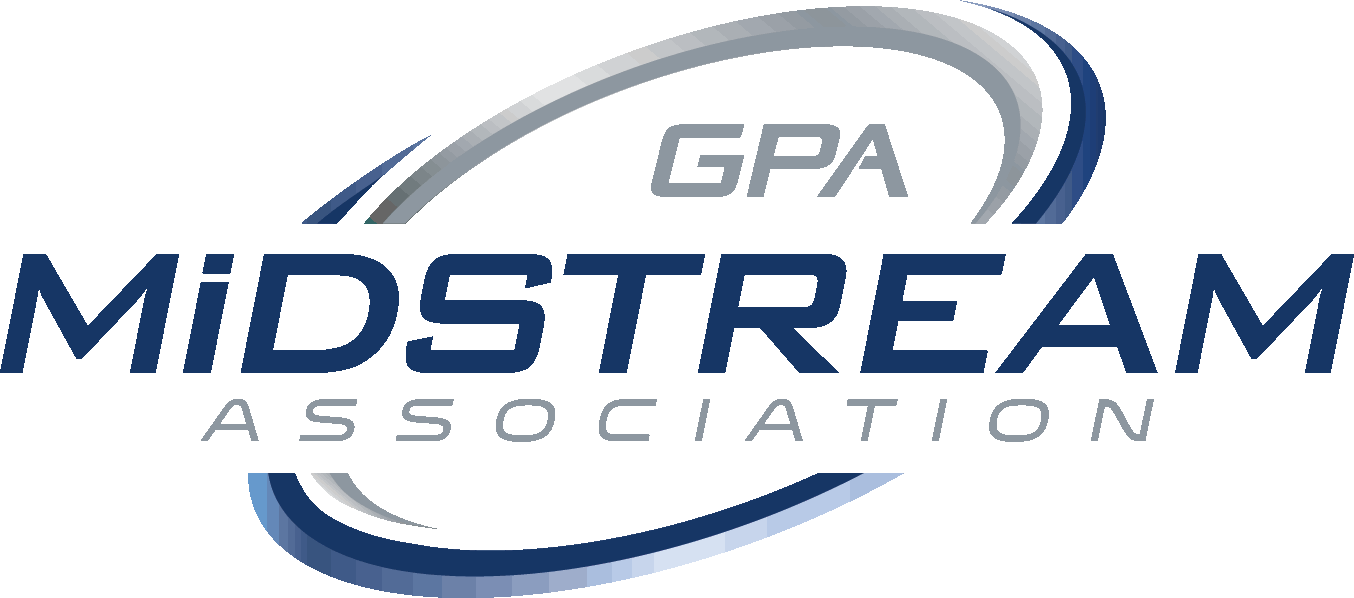
GPA Midstream Association's Senior Vice President for Government Affairs Matt Hite spoke about proposed leak detection and repair (LDAR) and pipeline location rules last week before the Gas Pipeline Advisory Committee of the U.S. Pipeline and Hazardous Materials Safety Administration.
The committee meeting made it through only a portion of the LDAR rules first published in the Federal Register in May 2023. The committee will likely have to meet again in the new year to finish the LDAR rule and talk about gas pipeline class location rules that have been under discussion since publication in 2020.
PHMSA's final rule (Gas Mega Rule) issued in November 2021 imposed new safety standards on more than 90,000 miles of Type C gas gathering lines in Class 1 locations and new reporting requirements on more than 230,000 miles of Type R gas gathering lines, Hite told the committee. According to the latest PHMSA data, more than 500 operators of gas gathering lines are in the process of applying these new requirements.
The regulations that the committee is considering now would profoundly change the once-in-a-generation rules that PHMSA issued two years ago. GPA Midstream's members need time to accommodate those new rules before PHMSA moves the goal posts. And PHMSA should not be moving the goal posts without considering the data that Type C gathering lines are now providing to the agency.
Congress did not include Type C gathering lines in the Section 113 rulemaking mandate for a reason. Mandating advanced leak detection programs with gas regulations is unreasonable. Transmission and distribution operators have had more than five decades of experience implementing PHMSA's regulations. The proposed rule gives gathering line operators six months to gain that experience and implement the advanced leak detection program for more than 90,000 miles of newly jurisdictional pipelines, Hite said in his presentation.
In October, GPA Midstream partnered with the nine other industry organizations in filing comments against the proposed rules. Among the objections was the fact that some aspects of the proposed LDAR standards were inconsistent with comparable standards administered by the U.S. Environmental Protection Agency, lacked adequate legal and evidentiary support, and were otherwise unreasonable, particularly with respect to the requirements for Type C gathering lines in Class 1 locations such as those in unpopulated areas.


